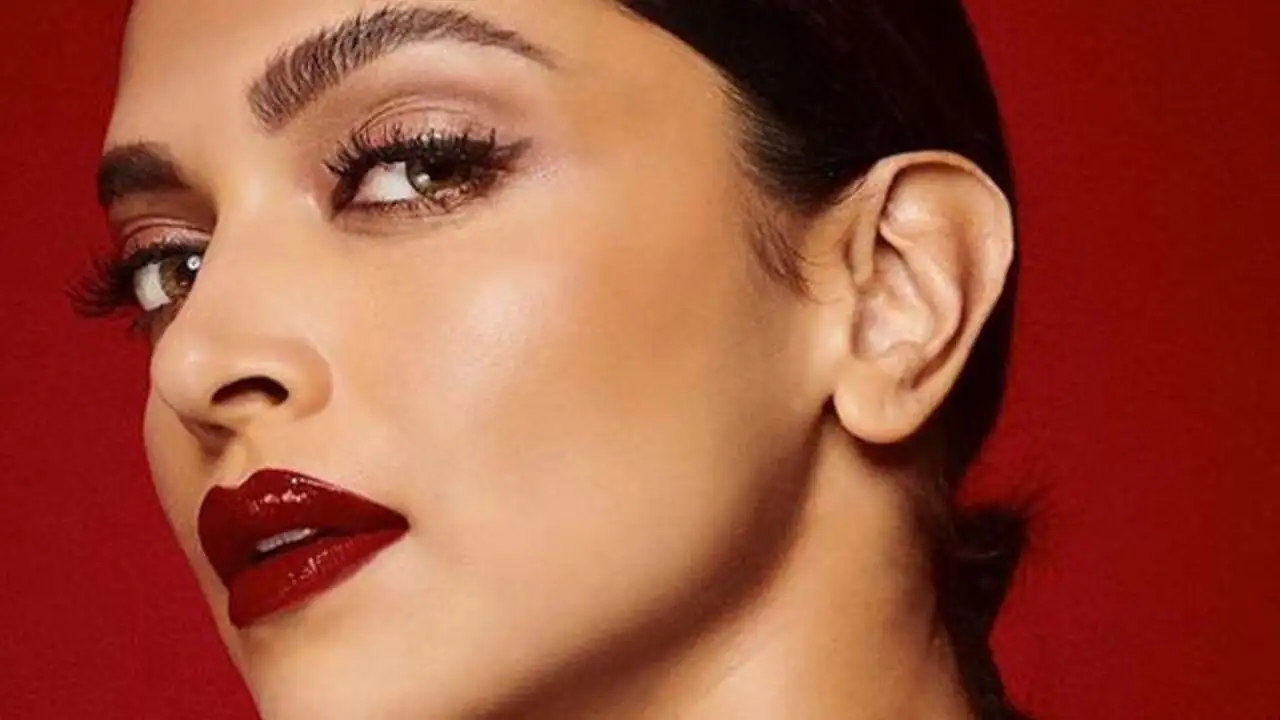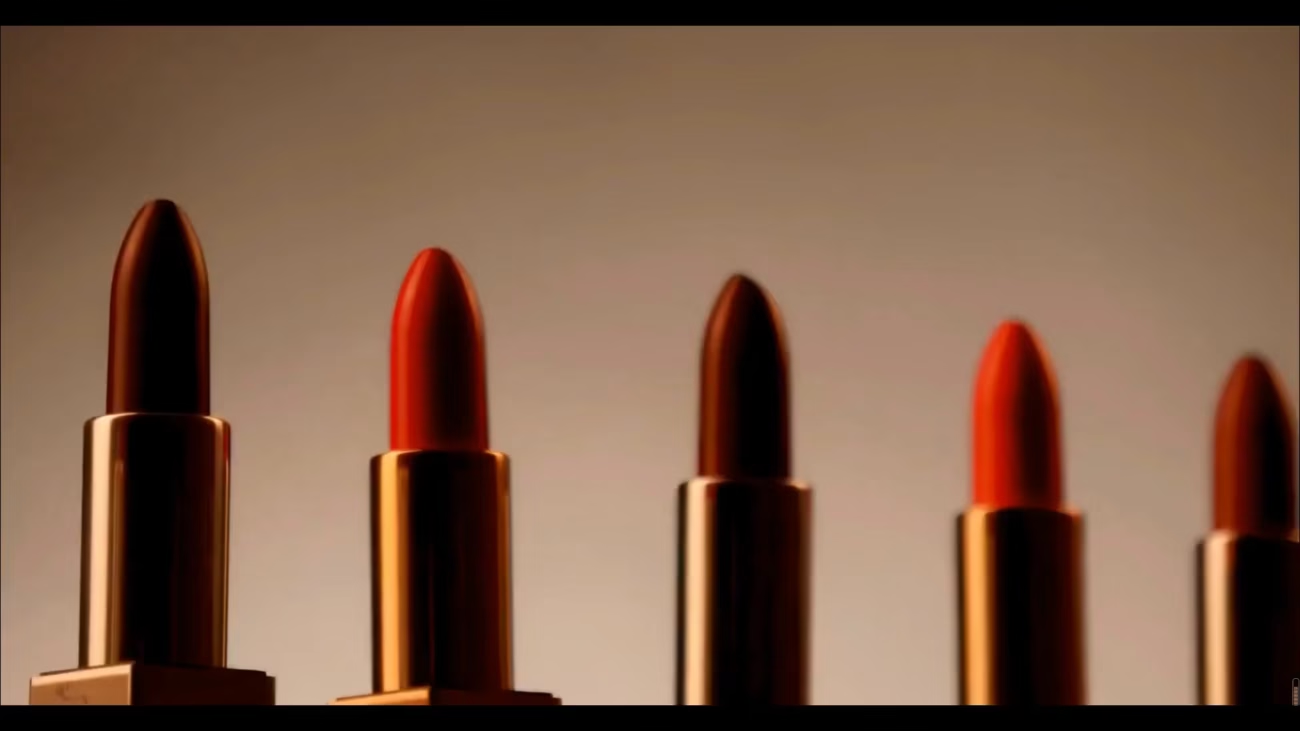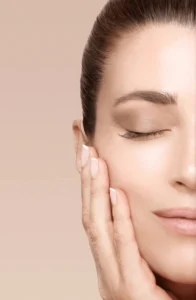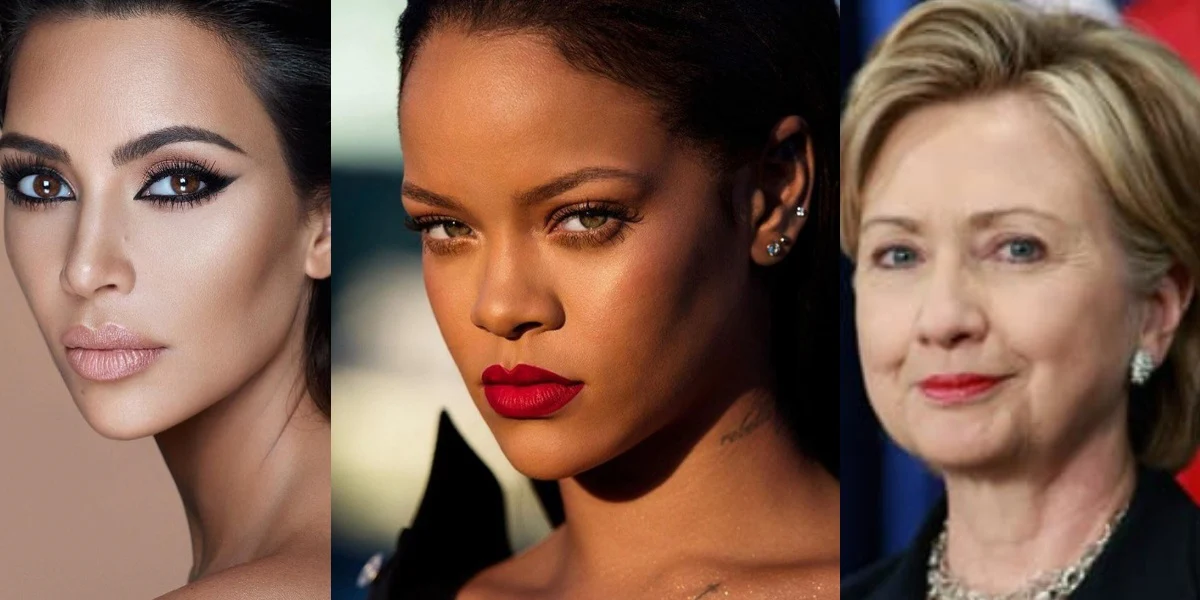Lipstick has long been one of the most iconic and beloved beauty products around the world. Whether bold or subtle, matte or glossy, the versatility of lipstick is unmatched, making it a timeless cosmetic staple in the lives of many. Throughout history, lipstick has served not only as a means of personal expression but also as a tool for empowering individuals and creating striking beauty looks. In this article, we will delve into the fascinating history, the diverse types of lipstick, and why it continues to hold such an important place in the world of beauty.
A Brief History of Lipstick
The use of lipstick dates back thousands of years, long before modern cosmetic formulations were created. Ancient Egyptians are often credited with being the first to adorn their lips with pigment. They used a combination of crushed beetles, carmine (a red pigment made from insects), and other natural elements to create their own version of lipstick. Cleopatra, one of Egypt’s most famous queens, was known for her bold red lips, which became an iconic symbol of her beauty and power.
Throughout the ages, different cultures embraced lip color in various forms. In the 18th century, European women began using red and pink pigments to color their lips, and during the 19th century, the modern lipstick as we know it began to take shape. In the early 20th century, with the invention of tube lipstick, it became more accessible to women everywhere. Today, lipstick is a beauty essential found in countless shades, formulas, and finishes.

Types of Lipstick
Lipstick comes in a wide range of types, each offering unique benefits and styles for different occasions, skin tones, and preferences. Some of the most common types include:
- Matte Lipstick: Matte lipsticks have a smooth, velvety finish with no shine. They are popular for their long-lasting wear and intense pigmentation, making them ideal for bold, sophisticated looks. However, they can sometimes feel drying on the lips, so hydration is essential when using a matte formula.
- Cream Lipstick: Cream lipsticks provide a smooth, creamy texture with a satin finish. They offer more moisture and shine than matte formulas, making them comfortable for everyday wear. Cream lipsticks are versatile and come in various shades, from neutrals to deep, rich hues.
- Glossy Lipstick: Glossy lipsticks, as the name suggests, provide a high-shine finish. These are perfect for those looking to add a touch of glamour to their lips. They often feel more hydrating than matte or cream lipsticks and are typically less pigmented, giving a softer and more natural look.
- Liquid Lipstick: Liquid lipsticks combine the rich pigmentation of traditional lipstick with the smooth application of a gloss. Many liquid lipsticks offer a matte or satin finish, and their lightweight texture makes them long-lasting. They are perfect for creating defined, crisp lip lines.
- Lip Stains: Lip stains are designed to give a more natural, “just-bitten” look. They are lightweight, translucent, and often feel more like a tinted lip balm. They offer a subtle wash of color, ideal for those who prefer low-maintenance lip products.
The Psychological Power of Lipstick
One of the most fascinating aspects of lipstick is its psychological impact. For many, applying lipstick is an act of self-expression and confidence. Wearing a bold red lip can make a person feel more powerful, assertive, and ready to take on the world. Conversely, a nude or soft pink lipstick can give a more understated, elegant appearance.
The act of applying lipstick has also been associated with an emotional boost. In times of stress or uncertainty, many people turn to lipstick as a simple yet effective way to enhance their mood. This connection between lipstick and emotions is not new. For centuries, women (and even some men) have used it as a way to make themselves feel more empowered and beautiful.
Lipstick and Social Movements
Throughout history, lipstick has played a role in various social movements, symbolizing more than just beauty. During World War II, when supplies were limited, lipstick became a symbol of hope and morale. Women continued to wear bright lipstick to feel strong and confident during difficult times. In the 20th century, lipstick became a symbol of feminist empowerment. In the 1970s, women began using it as a way to challenge traditional gender norms, embracing lipstick as a tool for self-expression and rebellion.
In recent years, lipstick has continued to evolve as a symbol of individuality and personal empowerment. Many beauty brands now focus on inclusivity, offering an extensive range of shades for all skin tones. Lipstick is no longer just a cosmetic product; it’s a statement of confidence, creativity, and individuality.

Choosing the Right Lipstick for Your Skin Tone
Finding the right lipstick shade for your skin tone is crucial to achieving a flattering and complementary look. Here are some general guidelines:
- Fair Skin: People with fair skin often look great in shades of soft pink, peach, coral, and nude. For a bolder look, red tones with blue undertones work well.
- Medium Skin: Medium skin tones are versatile and can pull off a wide range of colors, including mauves, berry tones, and classic reds. Warm-toned shades, like peach and rose, can also look stunning.
- Dark Skin: Dark skin tones are beautifully complemented by rich, deep shades such as berry, burgundy, plum, and even bold oranges. Bright red with orange undertones also looks amazing on dark skin.
The Evolution of Lipstick Ingredients
The ingredients in lipstick have evolved significantly over the years. Early lipsticks often contained harmful substances, but today, modern formulations prioritize safety, comfort, and hydration. Many brands now offer lipsticks enriched with vitamins, antioxidants, and moisturizing ingredients like shea butter, hyaluronic acid, and coconut oil. These additions help ensure that lipstick not only enhances beauty but also promotes lip health.
Conclusion
Lipstick remains a symbol of beauty, confidence, and self-expression for people around the world. Its rich history, variety of formulas, and emotional significance make it much more than just a cosmetic product. Whether you’re rocking a classic red or trying out a new liquid lipstick trend, there’s no denying the timeless appeal of lipstick in shaping how we present ourselves and how we feel.












